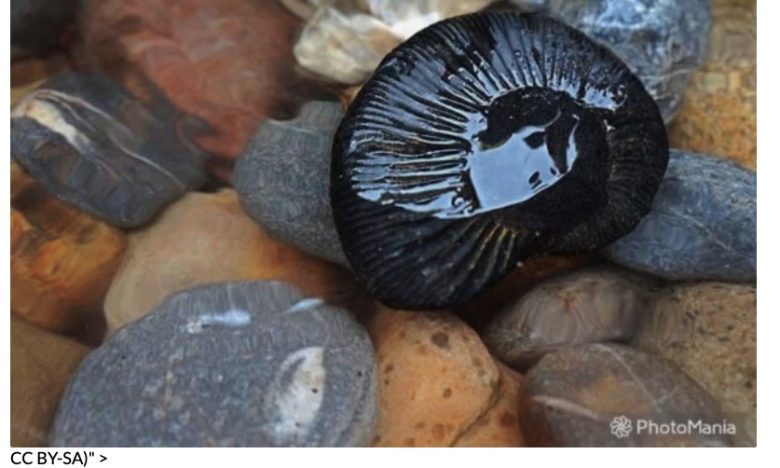NEPAL, august 4, 2023 (Religion News Service, by Holly Walters): For more than 2,000 years, Hinduism, Buddhism and the Himalayan religion of Bon have venerated Shaligrams – ancient fossils of ammonites, a class of extinct sea creatures. Originating from a single remote region in northern Nepal – the Kali Gandaki River Valley of Mustang – Shaligram stones are viewed primarily as manifestations of the Hindu God Vishnu. Because they are not human-made, but created by the landscape, they are believed to have an intrinsic consciousness of their own. As a result, Shaligrams are kept in homes and in temples, where they are treated as both living Gods and active community members.
I went on my first Shaligram pilgrimage in 2015. After arriving at the village of Jomsom in Mustang, I, along with a group of Indian and Nepali pilgrims, started the five-day trek northeast from there to the temple of Muktinath, where the journey culminates. Making our way through the winding river passage, between 26,000-foot mountain peaks, we carefully looked for Shaligrams in the fast-moving water and gathered up any we could reach. Since then, as an anthropologist, I have documented a wide variety of Shaligram practices while working with devotees in Nepal and in India. However, my ongoing work focuses more on how climate change and gravel mining are altering the course of the river, which is endangering the pilgrimage by making it harder to find Shaligrams. Climate change, faster glacial melting and gravel mining in the Kali Gandaki are changing the course of the river, which means fewer Shaligrams are appearing each year. This is mainly because the Kali Gandaki is fed by meltwater from the Southern Tibetan Plateau. But with the glacier disappearing, the river is becoming smaller and shifting away from the fossil beds that contain the ammonites needed to become Shaligrams.
More on this pilgrimage at source.
https://religionnews.com/2023/08/04/shaligrams-the-sacred-fossils-worshipped-by-hindus-and-buddhists-for-over-2000-years-are-becoming-rarer-because-of-climate-change/
A daily summary of world news for Hindus and non-Hindus alike

